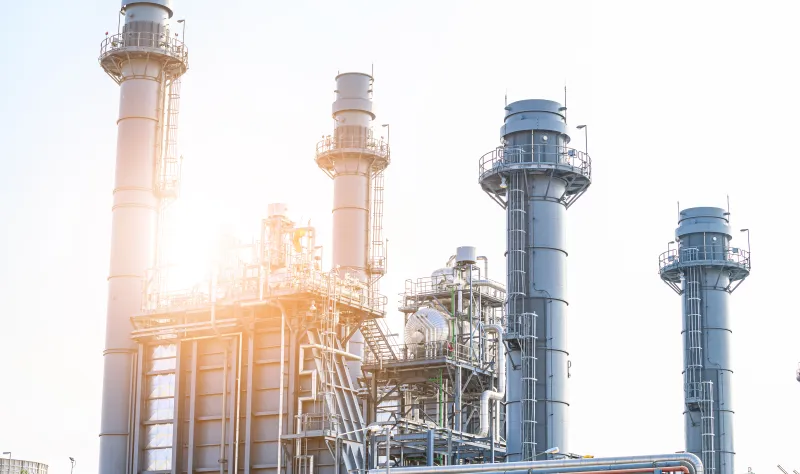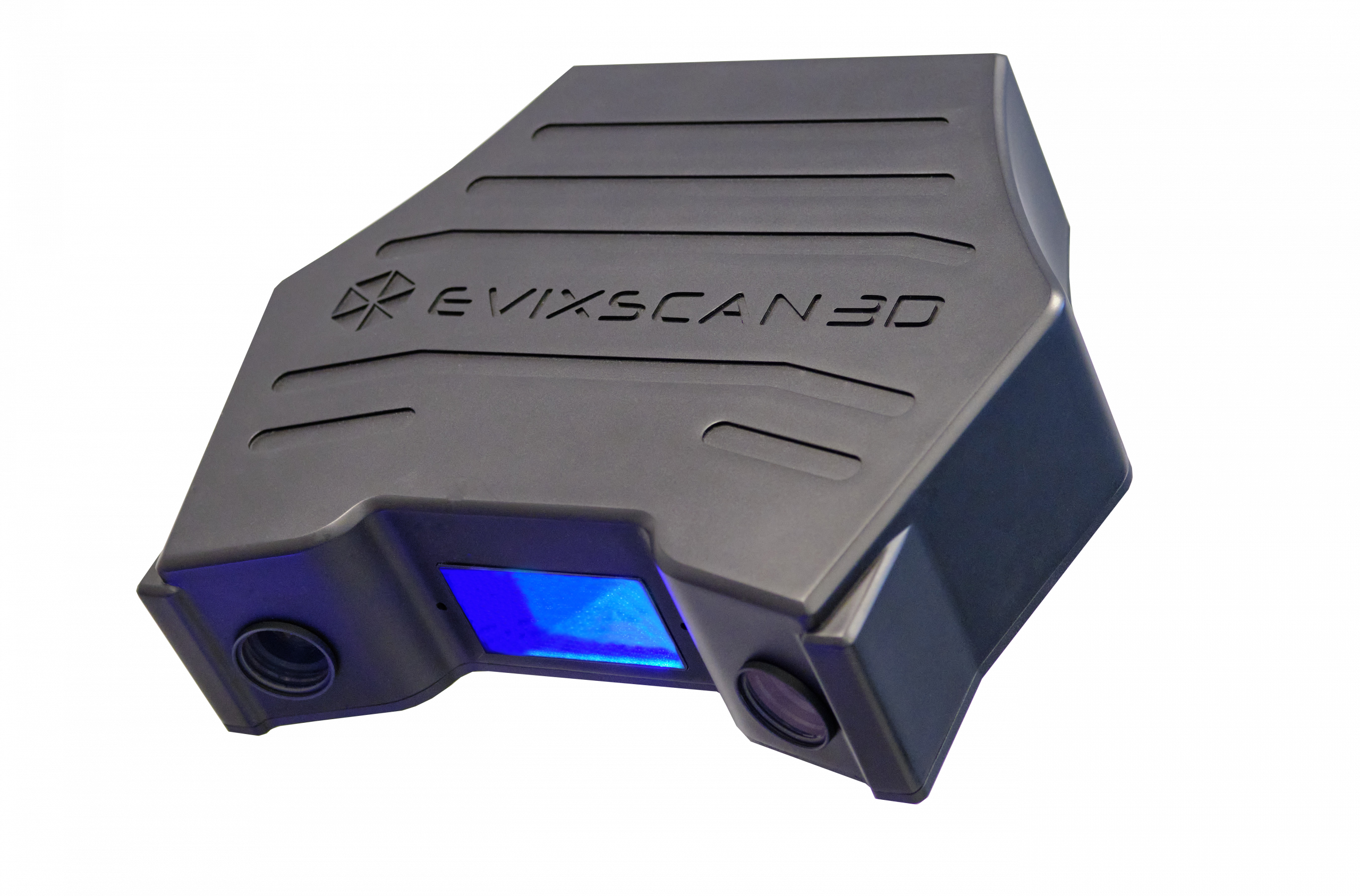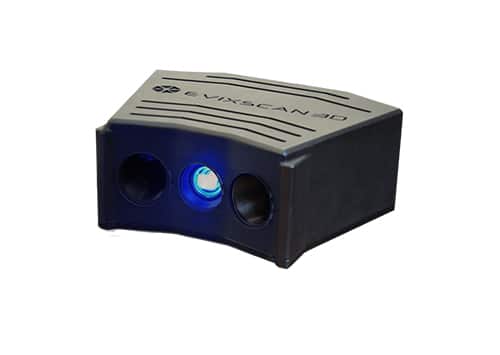Energy Industry
The energy industry is one of the pillars of modern civilisation, but also one of the most demanding in terms of infrastructure maintenance and safety. In today's world, 3D scanners play a key role in improving measurement, quality control and infrastructure management processes. Here we take a look at how 3D scanners are revolutionising the energy industry and influencing the efficiency and reliability of its operations.
In the energy industry, the maintenance and inspection of infrastructure, such as transmission lines, wind turbines and power plants, is key to ensuring the reliability of the energy supply. 3D scanners allow for accurate and fast condition assessments and damage identification, enabling repair and maintenance planning.
3D scanners enable the creation of accurate 3D models of the various components of energy infrastructure. This helps engineers to better understand the structure and function of equipment, which is essential for design and upgrade processes.
In the energy industry, 3D scanners are used for temperature monitoring and thermal imaging. They can scan huge areas of infrastructure in a short period of time to detect potential overheating or overload problems.
Precision and quality control are key in the production of energy components. 3D scanners allow the geometry of parts to be accurately measured and compared to design intent. This contributes to eliminating production errors and improving reliability.
In the energy industry, safety and compliance with standards are a priority. 3D scanners help to identify areas that may be a risk, as well as to ensure regulatory compliance. This translates into minimising the risk of failures and accidents.
3D scanners make it possible to accurately analyse production processes, which is crucial for efficiency and cost reduction in the energy industry. It is possible to identify areas that can be optimised, leading to increased efficiency and savings.
In the renewable energy sector, 3D scanners play a particularly important role. They allow accurate measurement and analysis of the efficiency of wind turbines or solar panels, resulting in increased efficiency and renewable energy production.
In summary, 3D scanners play a key role in the energy industry, contributing to its efficiency, reliability and safety. Thanks to these advanced tools, energy infrastructure is becoming more efficient, cost-effective and environmentally friendly, which is crucial in the context of global energy supply challenges.
Get to know our scanners
Quadro+
- two scanning ranges in one device
- ease of changing the range via software
- new vacuum cast housing
- short scanning time
- four cameras 9 and 12 Mpix
Optima+ M
- good value for money
- universal scanning range (objects from 7cm to 1m)
- support for the entire accessories portfolio
- easy integration with robots and cobots
- compact construction
FinePrecision
- high precision scanning of small objects
- very accurate reproduction of scanned surface
- scanning time below 1 second
- the ability to scan dark-surface objects
- compact design
WideRange 65
- high efficiency and accuracy for scanning large objects
- high scanning quality and accuracy with large working area
- short scan acquisition time
- easy integration with robots and cobots
- excellent value for money
If you need more information, please contact our specialist.
- eviXscan 3D SA
ul. Wiktora Przybyły 2
43-300 Bielsko-Biała







